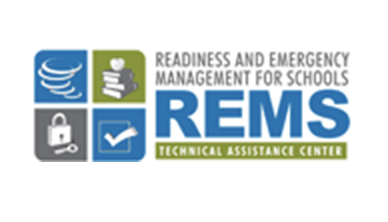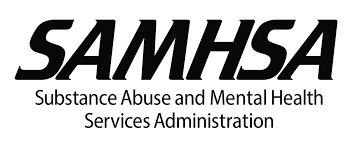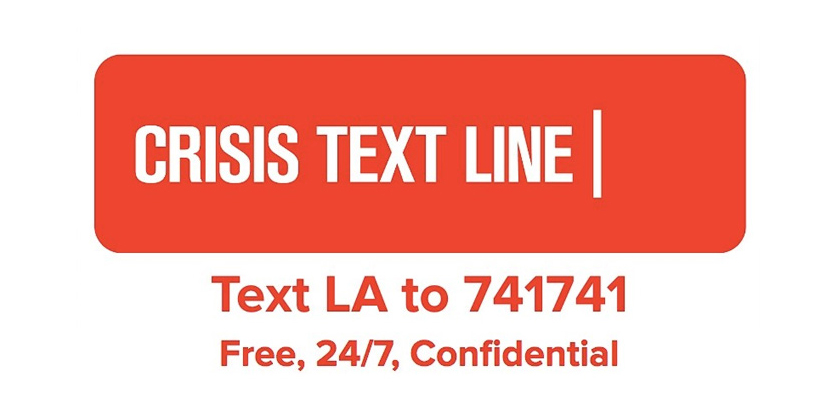Child Trauma Toolkit for Educators
The National Child Traumatic Stress Network (NCTSN) is a unique collaboration of academic and community-based service centers whose mission is to raise the standard of care and increase access to services for traumatized children and their families across the United States.
Read MoreConsidering the Mental Health Needs of Students and Staff in Your Emergency Operations Plan
Throughout the academic calendar year, education agencies design and provide mental health supports to help ensure that the whole school/campus community can learn and work in a positive environment. This occurs through assessments by school psychologists, therapy from school social workers, employee wellness programs, etc., and can help schools, school districts, and institutions of higher…
Read MoreCoping with Traumatic Events: Resources for Children, Parents, Educators and Other Professionals
People can experience a wide range of emotions before and after a disaster or traumatic event. There’s no right or wrong way to feel. However, it’s important to find healthy ways to cope when these events happen.
Read MoreCrisis Text Line
Text HOME to 741741 from anywhere in the United States, anytime. Crisis Text Line is here for any crisis. A live, trained Crisis Counselor receives the text and responds, all from our secure online platform.
Read MoreGEMA/Homeland Security School Safety Guide
When disaster strikes, the Georgia Emergency Management and Homeland Security Agency works with local, state and federal partners to coordinate efforts throughout the preparedness, response and recovery process.
Read MoreGuide for Preventing and Responding to School Violence
The purpose of this document is to present different strategies and approaches for members of school communities to consider when creating safer learning environments. No two schools are exactly alike, so it is impossible to establish one plan that will work well in all schools.
Read MoreNational Center for School Crisis and Bereavement
Materials and guidance for schools experiencing crises or helping grieving students. Resources and guidelines to prepare to support children in times of crisis and loss.
Read MoreNational Child Traumatic Stress Network
Research suggests that approximately 25% of American children will experience at least one traumatic event by the age of 16. A child’s reactions to trauma can interfere considerably with learning and/or behavior at school. Schools serve as a critical system of support for children who have experienced trauma.
Read MoreProtecting America’s Schools: A U.S. Secret Service Analysis of Targeted School Violence
Ensuring the safety of children at school is a responsibility that belongs to everyone, including law enforcement, school staff, mental health practitioners, government officials, and members of the general public. To aid in these efforts, the U.S. Secret Service National Threat Assessment Center (NTAC) studied 41 incidents of targeted school violence that occurred at K-12…
Read MoreReadiness and Emergency Management for Schools (REMS) Technical Assistance Center
Our nation’s K-12 schools and school districts and postsecondary institutions are entrusted to provide a safe and healthy learning environment for students, faculty, and staff members. Faced with emergencies ranging from active shooter situations to fires, tornadoes, floods, hurricanes, earthquakes, and pandemic influenza, this is no easy task. Many of these emergencies occur with little…
Read MoreSchool Climate and Emergencies
Research shows that creating positive school climates can help districts, schools, and teachers meet key goals, including: boosting student achievement and closing achievement gaps; increasing high school graduation rates; decreasing teacher turnover and increasing teacher satisfaction; and turning around low-performing schools.
Read MoreSchool Emergency Management Tool Box
The REMS TA Center hosts a virtual library of tools developed by school and higher ed emergency managers in the field. The Tool Box contains resources pertinent to the needs of schools, school districts, state education agencies, regional education agencies, and institutions of higher education and their community partners, as they engage in the process…
Read More







